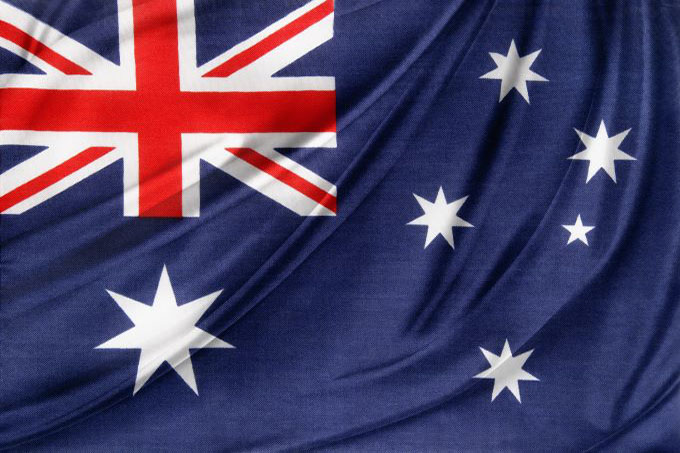 The Reserve Bank of Australia's board member Ian Harper said recently that there is additional room for boosting bond purchases, adding that the bank still has the capacity to do so indefinitely if the governing board deems it appropriate.
The Reserve Bank of Australia's board member Ian Harper said recently that there is additional room for boosting bond purchases, adding that the bank still has the capacity to do so indefinitely if the governing board deems it appropriate.
"This idea that the bank has run out of ammunition is false,” he remarked.
According to a Reuters poll of Reuters analysts, the expectation is that the bank will expand its bond purchasing program by 100 billion Australian dollars during its next monetary policy meeting. They also expect the bank's balance sheet to expand to 500 billion by the middle of 2021.
The Reserve Bank of Australia, together with the Australian Bureau of Statistics, published the quarterly Consumer Price Index, which stood at 1.6 percent in the third quarter, above analysts' forecasts which expected a growth of 1.5 percent after a contraction of 1.9 percent in the previous quarter. The yearly figure stood at 0.7 percent in the third quarter, in line with the analysts' expectations and higher than the previous quarter's -0.3 percent.
In quarterly terms, the trimmed-mean CPI was at 0.4 percent in the third quarter, over the analysts' expectations, who expected it to be at 0.3 and higher than the previous quarter's 0.1 percent. In yearly terms, the trimmed-mean CPI advanced by 1.2 percent, remaining unchanged from the previous quarter and higher than the analysts' expectations, who foresaw it to be at 1.1 percent.
So far, 27,554 COVID-19 cases have been reported in Australia, with 907 deaths. The state of Victoria is currently in the process of reopening the economy, though in the past 24 hours they have reported two new cases as well as several deaths.
By 8:12 a.m. GMT the Australian Dollar went up by 0.08 percent against the US dollar, hitting the 0.7134 level. The US dollar was also lower against the Japanese yen, sliding 0.153 percent to 104.24, though it strengthened against the euro and the pound. The euro eased 0.373 percent against the greenback to $1.175, while the pound eased 0.36 percent to $1.3. Both the UK and Europe have recently been hit hard by COVID-19, with a steep increase in cases. Local governments are threatening to impose a second wave of closures if the number of cases does not level out, concerning traders about the economic recovery in the region.

